The anti-Brexit travel itinerary: how to do an adult Interrail trip
Ed Cumming travelled from Prague to Belgrade
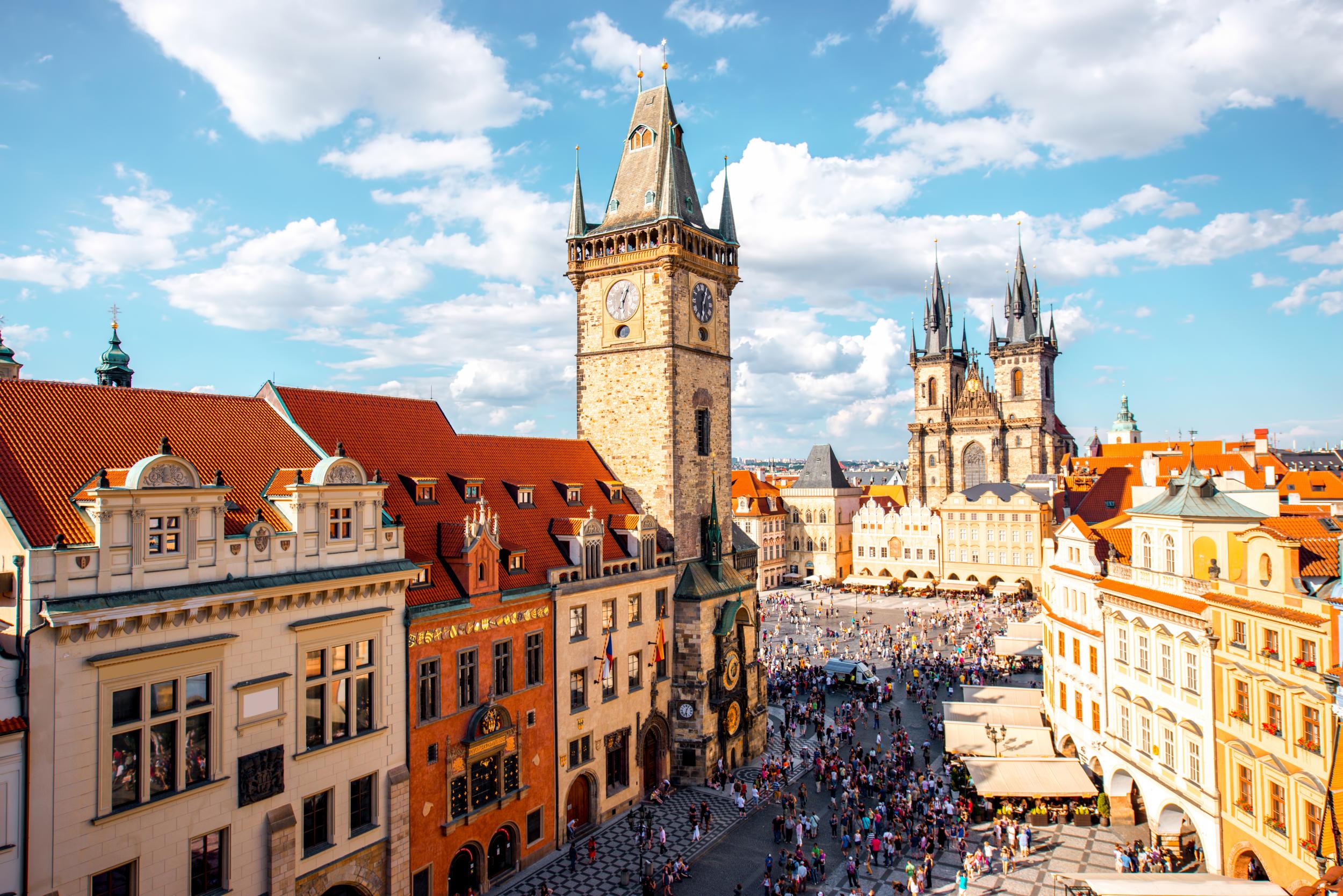
Your support helps us to tell the story
From reproductive rights to climate change to Big Tech, The Independent is on the ground when the story is developing. Whether it's investigating the financials of Elon Musk's pro-Trump PAC or producing our latest documentary, 'The A Word', which shines a light on the American women fighting for reproductive rights, we know how important it is to parse out the facts from the messaging.
At such a critical moment in US history, we need reporters on the ground. Your donation allows us to keep sending journalists to speak to both sides of the story.
The Independent is trusted by Americans across the entire political spectrum. And unlike many other quality news outlets, we choose not to lock Americans out of our reporting and analysis with paywalls. We believe quality journalism should be available to everyone, paid for by those who can afford it.
Your support makes all the difference.The prospect of an abrupt departure from the EU looms large. I do try to keep up with what different unions or Norway deals or cliff-edges might mean, but what I’m really worried about is what it will do to holidays.
Since the referendum vote in 2016, the pound has taken a pummelling against the euro, and parts of the continent that were already expensive are increasingly beyond any kind of average budget. Just when the restaurants in Paris are getting good again, too. Commiserations to fans of Rome and Mykonos. Switzerland, we hardly knew you.
If there is a silver lining to all this, it might be a new appreciation for other parts of the continent from which we are trying so incompetently to separate ourselves.
I took a trip from Prague to Belgrade on a route through some places that will hopefully remain affordable until at least the end of the year. It sounds like a post-Brexit scouting trip, but in fact it was mainly an adult gap week. I never Interrailed when I was younger and had always envied my friends’ tales of £1 pints and mystery meats. A friend from university had some gardening leave and he suggested we see what was possible when you had the same sightseeing interests as when we were students – museum, lunch, bar – but with a just-about-working credit card.
In hindsight Prague was not the best place to start. It was affordable but has paid a high price for it: the city was hard to see beneath the tide of flesh and selfie sticks. As far as I could tell there were three main groups: those avoiding the pub crawls, those on a pub crawl, and those urging others to go on a pub crawl. While I didn’t want to go on a pub crawl, I couldn’t be confident I was seen by the touts as someone who was definitely not going to go on a pub crawl. Few things are more depressing than being mistaken for the kind of tourist you affect not to be.
The real problem was that we didn’t have a plan. Some people enjoy city breaks for the sense of freedom they can offer. These travellers descend on a foreign metropolis without much of a plan, like Magellan with fire emojis. They stride out and discover small plates of local delicacies and a bottle of local hooch. By the end of the night they’ve been invited to a party where they play the piano to wide admiration before making cute little plans for the rest of the trip.
I feel uncomfortable doing things that way. Without a guide or a reliable source of information, we rambled around the gorgeous old streets, a bit like if Before Sunrise was about two overweight pink Englishmen in their thirties who ended up in an Irish pub. In the end we found a couple of good restaurants, but nobody would claim it for a triumph.
We were on firmer footing in Budapest. We travelled by train via a night in Bratislava about which I can remember nothing except our hostel, the Patio, where three Australian men offered to shave our heads. I had been to Hungary on a work trip years ago and stayed in touch with our guide, Suzy, whose first act on our tour of the Jewish quarter had been to light a fag and take the group back to her flat so she could change her shoes.

She sorted out our Airbnbs and for three days led us expertly through hipster schnitzel joints, ruin bars and traumatic political history. For much of the trip we were accompanied by her boyfriend, Borno, a handsome Translyvanian old enough to remember the full horrors of communism. Transylvania is now in Romania but was historically part of Hungary, and is still seen by some as part of the greater Uber-Hungary. Borno’s day job was running luxurious boat tours up and down the Danube but he also acted in many of the western productions filmed in Hungary because of its high technical expertise and low costs.
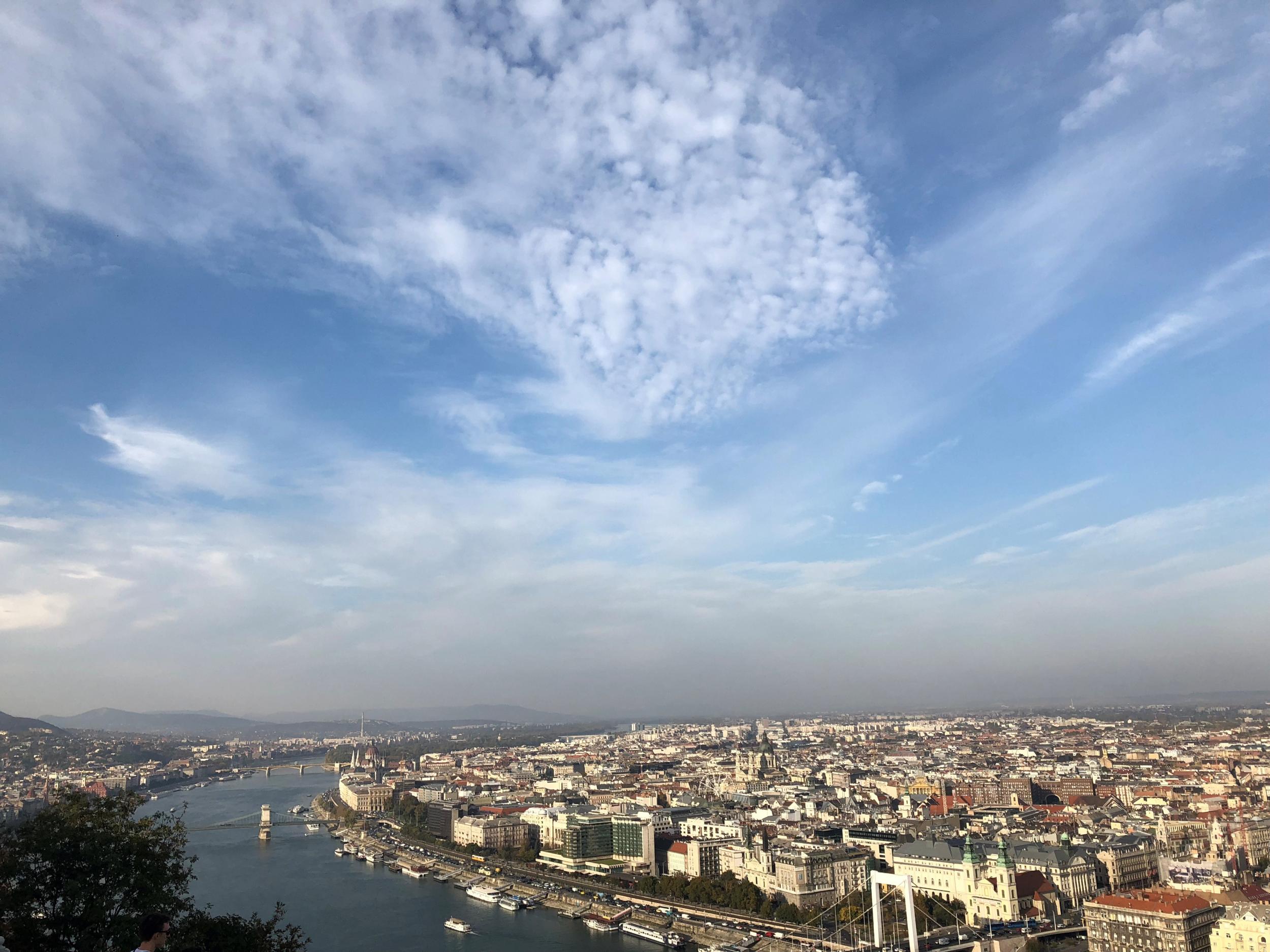
“For the local guys on a day rate, the first question on set is always ‘what day do you die?’,” he explained, cheerfully listing the ways he’d been offed over the years: crucifixion, shooting, stabbing. He had come across a few of the stars. Anthony Hopkins was a real gent, doodling pictures on set and handing them out to his fellow cast members. Nicholas Cage had thanked him for his silence. In his home village the authorities had made him cut his long hair, so Nicholas Cage’s silence was an upgrade.
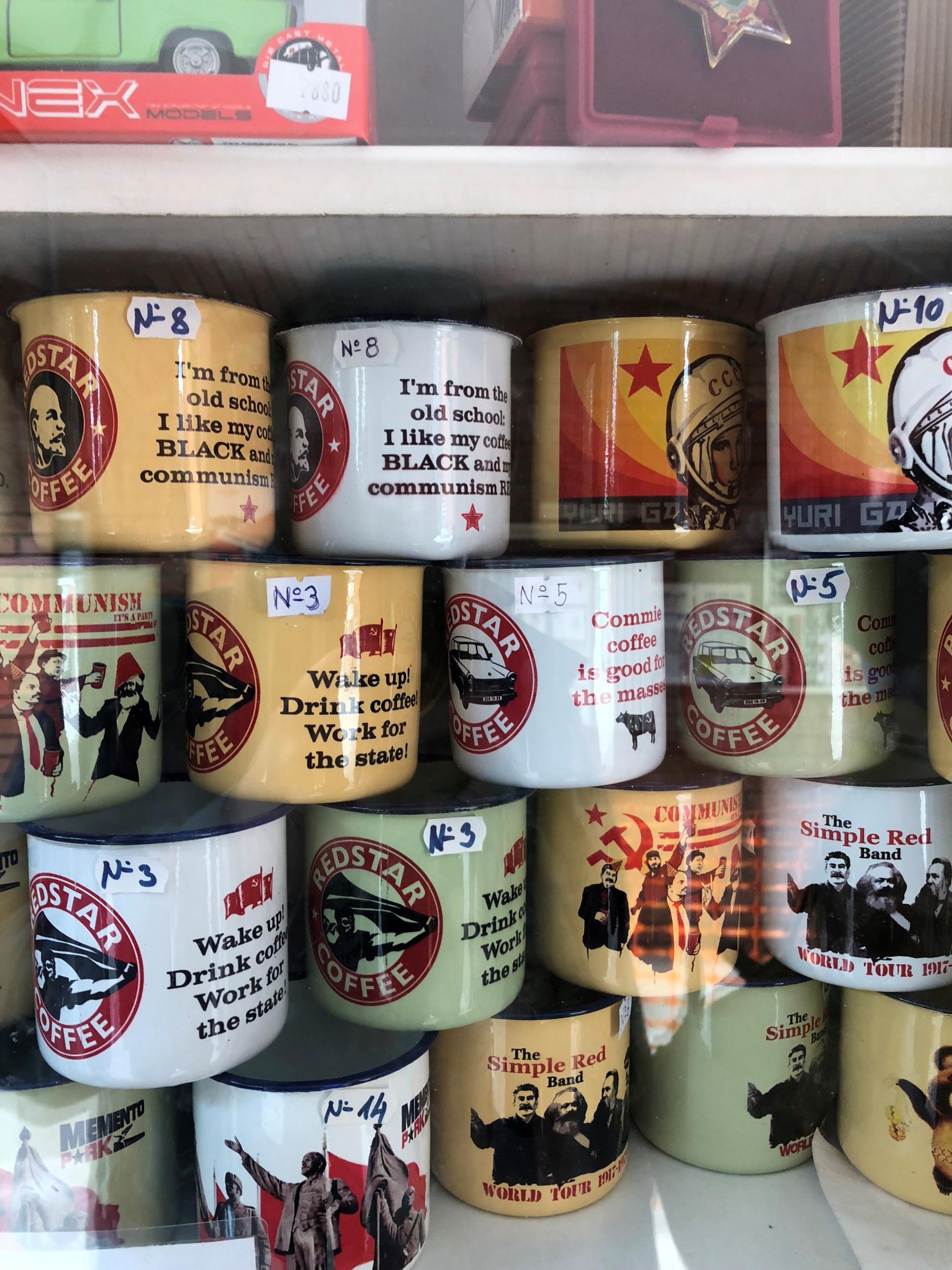
The next day Suzy rented an old blue Trabant and drove the four of us out to the Monument Park, where various Soviet-era statues are collected in one tourist-friendly enclosure. The idea is to draw some of the potency from politically charged monuments without martyring them, and it works pretty well. There is a sweet spot in the touristic development of a city where its infrastructure has graduated from total chaos but it is still cheap and energetic enough to be fun. Budapest is right in the grip of it.
We took the bus to Belgrade, a six-hour journey that passes through Europe’s most contentious border of recent years, the fence put up by Hungary’s authoritarian President Orban to stem the flow of migrants coming up through the Balkans. Even on a trip as childish as this one, it was hard not to pause briefly when you saw the layers of barbed wire. In Belgrade itself there were few signs of any crisis. We arrived to our hostel, which was opposite Dva Jelena, Two Deer, a restaurant that everyone recommended despite it being obviously touristy.
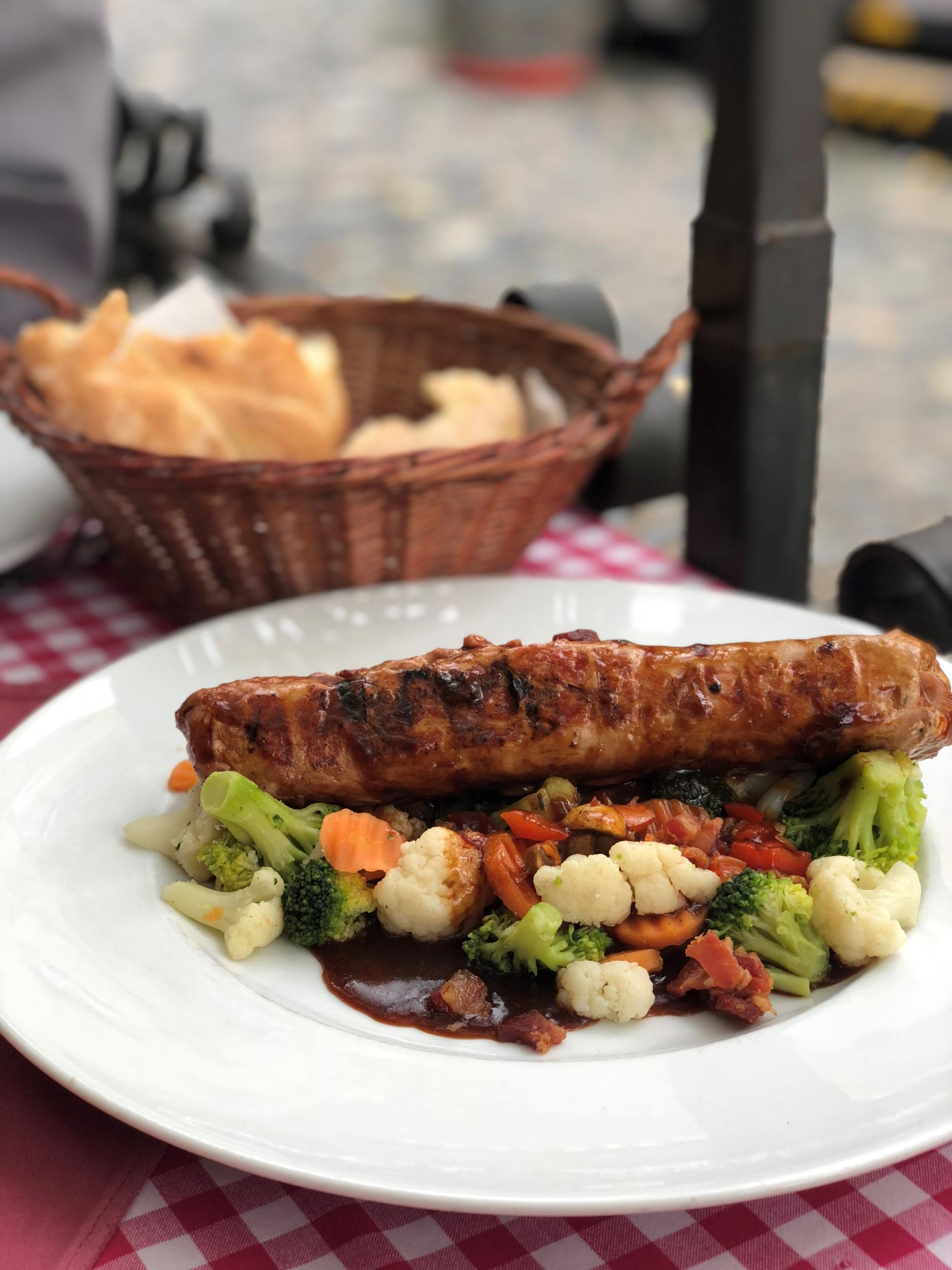
Serbians might belong to one of the most conservative nations in Europe, but they are also the best looking and seem to have a kind of refreshing cheery ambivalence about the West. For £3 a ticket we stood in the home end at Red Star. Full to about 10 per cent of its capacity, the stadium was more atmospheric than a sold-out Emirates. The game was entirely incidental to the chanting, which was lucky as the pitch itself was shrouded in flare smoke for most of the game. The singing was led by a couple of men in leather jackets with megaphones, like a kind of Balkan Gallagher brothers. We couldn’t understand the lyrics but I didn’t catch “ooh, Jeremy Corbyn” at any point.
The Serbs’ combination of sexy and slightly aloof makes for excellent nightlife. On the second night a sullen bald bouncer barred us from a promising-looking party on the river. It started to rain in fat grey sheets. Seeking refuge we chanced on a Frank Zappa-themed bar a little way down the bank. “It’s a gay bar and it’s a tenner,” said the man on the door. We had an excellent night.
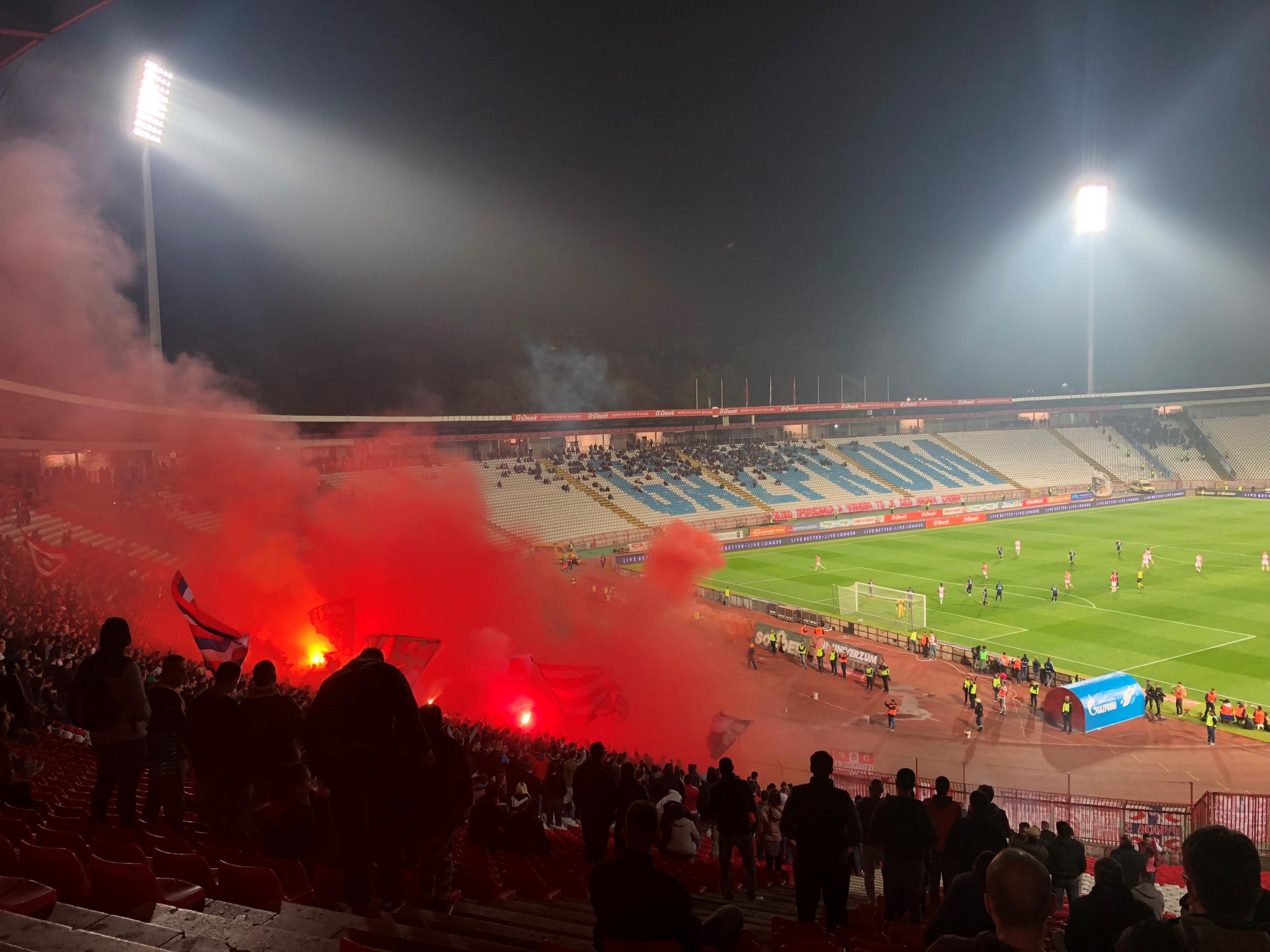
Visiting several cities in such a short space of time it was impossible not to notice the homogenisation of European culture, which is now in its advanced stages. While the prices vary, everywhere you go you get the same flat whites, the same hoppy craft beers, the same elevated “street food”. It is relaxing at first, in the way that a McDonald's or a Starbucks is relaxing, but it quickly becomes a bit depressing for the same reasons. Finding guides like Suzy, or having friends there to show you around, becomes more important with every passing year. If only there had been a vote on the free movement of gentrification.
Travel essentials
Getting there
Ryanair flies to Prague from £29 return and Budapest from £28 return. Wizz Air flies to Belgrade from £73 return.
An Interrail pass costs from £224.
Join our commenting forum
Join thought-provoking conversations, follow other Independent readers and see their replies
Comments